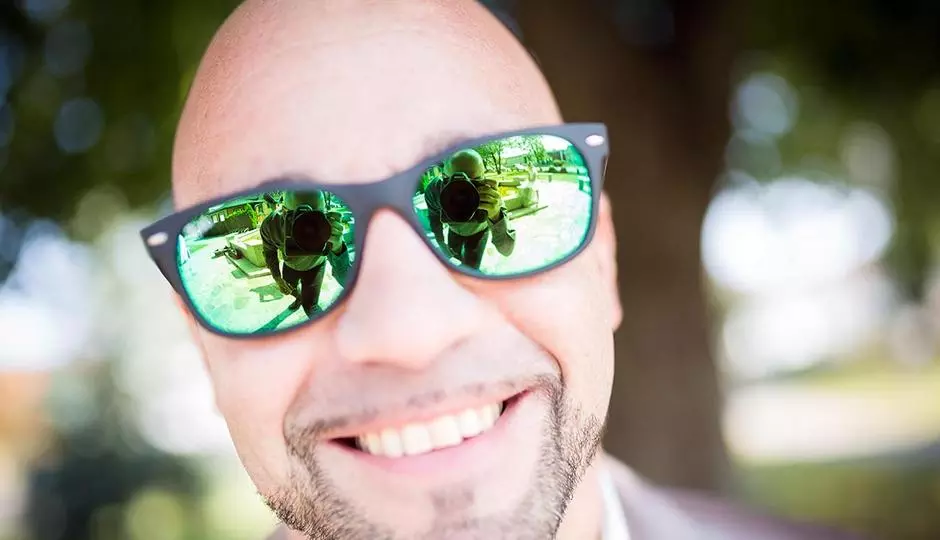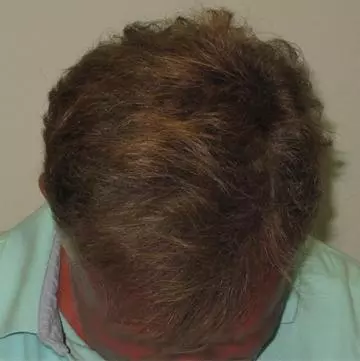For many people, hair loss is just a fact of life. People tend to speculate on what causes hair loss, which leads to a lot of misinformation. Misinformation is harmful because it misguides people on what to actually do about their hair loss. Here, we have some of the most common myths about hair loss.
During this patient's consultation I did a trichoscope exam, which I do in all of my consultations. A trichoscope is a hair and scalp dermoscopy using a handheld dermoscope or polarized light video microscope. It provides access to active hair or scalp conditions as well as examines the area for symptoms, risks and promotes early detection.
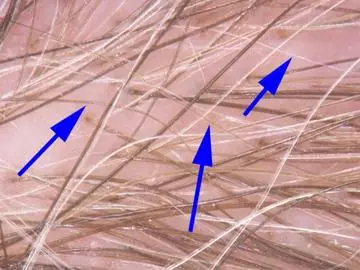
In this patient’s case, the trichoscopy clearly shows that the majority of follicles over the entire top of his head are at risk. A large percentage of the follicles have moderate miniaturization, as of right now. You can also notice the blue arrows pointing to miniaturizing follicles that are lighter in color because of loss of melanocytes. He sought professional help at the perfect time. There is not much permanent hair loss, and the miniaturization is moderate, not severe which increases the odds of positive treatment response.
Trichoscope Exam: The Benefits
I cannot state this enough: As soon as you notice a change in your hair, you should go see a professional if nothing more than to have trichoscope exam performed during the consultation. The best, simplest, and cheapest method to assess hair miniaturization is to have a trichoscope exam by an experienced hair loss physician.
Best: This is the best method because it is a prime example of “an ounce of prevention is worth more than a pound of cure.” A trichoscope exam can tell you with rapid feedback if you are already experiencing the early signs of androgenetic alopecia.
Cheapest: This is the most economical because all you are paying for is the consultation to obtain the information. Early intervention is undoubtedly less expensive, and there are more treatment options. late intervention in which options are more limited.
Simplest: This is the simplest because it is quick, painless, and give us an accurate image to examine for different alopecia characteristics. As follicles begin to miniaturize, they not only become smaller in diameter, but they lose melanocytes which give them color. So a miniaturizing follicle is not as densely colored as a large terminal hair, and this is easy to see. Also, healthy follicular units can include a single follicle up to four or five follicles, and as the alopecia progresses, follicles drop out, and follicular units become more predominately single follicular units, which is also easy to see.
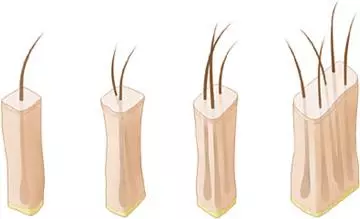
Treatments Based on Trichoscope Exam
Our patient would not have noticed “balding” until those single follicular units drop out. So, there can be massive loss of multiple units before noticeable hair loss occurs. Had our patient waited much longer to come in, the miniaturization shown in the trichoscope could be more severe, limiting options to costly treatments.
However, with regenerative medicine in hair restoration, it is possible to obtain impressive results. Because of his moderate miniaturization, our patient will start Follicular Restoration Treatment, which has shown to provide exponentially more growth factors, especially true of the large protein growth factors like PDGF and VEGF.
